
Iron ore is the basic raw material of the modern steel industry, and siderite and limonite among them have become important topics in iron ore beneficiation technology research due to their complex mineral properties and wide distribution of resources. However, efficient beneficiation of these two ores faces many challenges due to significant differences in their physical and chemical properties. This article will introduce in detail the typical iron ore beneficiation methods of siderite and limonite, and deeply discuss the key technical difficulties encountered in the beneficiation process and their solutions.
1. Single Gravity Separation Process
Gravity separation is a separation method based on the difference in density of different minerals in the ore. Due to the large density variation of limonite, especially in fine-grained ore, the iron recovery rate is low, the resource waste is serious, and it is difficult to achieve efficient recovery. Therefore, the single gravity separation process has limited effect in treating limonite.
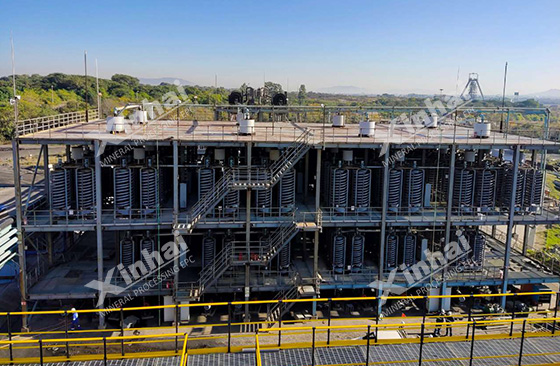
2. Single wet high-intensity magnetic separation process
Wet high-intensity magnetic separation is a common method for treating weakly magnetic minerals, which is suitable for the separation of coarse and medium-grained ores. However, the presence of fine-grained ore slime in siderite and limonite makes this process ineffective in selecting fine-grained ore slime. This also limits the widespread application of single wet high-intensity magnetic separation process.
3. Single flotation process
The flotation process is widely used in the beneficiation of non-magnetic minerals, usually including positive flotation and reverse flotation. However, in the flotation of siderite and limonite, the influence of fine-grained ore mud on the flotation effect is more obvious, which is a technical problem that needs to be solved urgently.
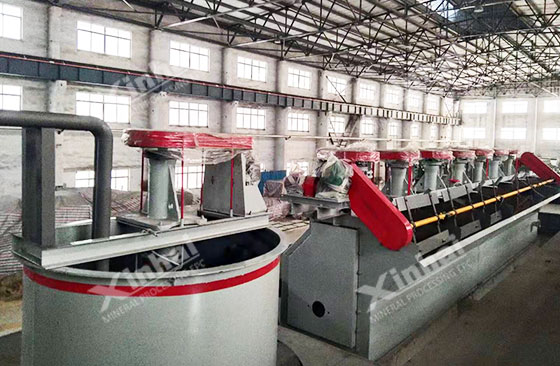
4. Selective flocculation flotation process
This process selectively flocculates limonite with substances such as starch or humate, and then removes silicate minerals by desludging or reverse flotation. This process is more effective for treating limonite with poor resource quality and complex ore types. However, although many companies have carried out research on the beneficiation of siderite and limonite, there are still few examples of actual large-scale industrial applications.
When processing limonite, roasting magnetic separation and flocculation desliming-flotation are currently the most effective processes for recovering limonite. For siderite, roasting magnetic separation is the only applicable technology. These two processes achieve efficient recovery by changing the magnetic and physical properties of the ore, greatly improving the efficiency of iron ore beneficiation.
Although roasting and magnetic separation is an effective method for processing siderite and limonite, there are still some technical difficulties in the iron ore beneficiation process that must be paid attention to and solved to ensure a smooth production process.
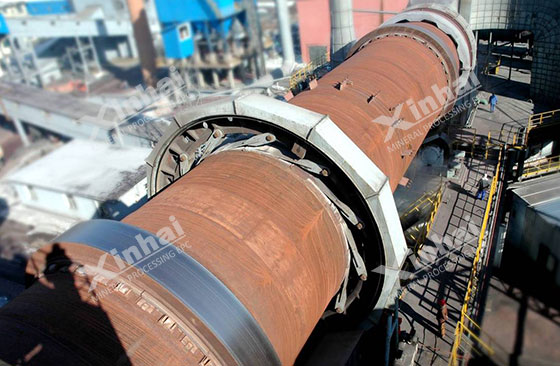
1. Ring formation problem in rotary kiln
During the magnetization roasting process of coal-based rotary kiln, the FeO content is high, which reacts with the silicon and aluminum elements in fine powder and coal ash to generate low-melting-point iron silicate (aluminum) acid, which makes the rotary kiln easy to form rings and affects production efficiency. The melting point of coal ash is about 1210℃, but the melting point can be reduced by about 220℃ when FeO exists, increasing the probability of ring formation. The ring formation problem is the main factor of low production efficiency, and it is necessary to reduce the ring formation phenomenon by optimizing the feed particle size and process control.
2. Artificial magnetite magnetic separation problems
Artificial magnetite has strong magnetism, but low specific magnetic susceptibility and high coercivity. The residual magnetic effect easily causes the pulp to form flocculent magnetic agglomeration, affecting the classification and magnetic separation efficiency. The existing magnetic separation equipment for natural magnetite is not suitable for processing artificial magnetite. It is necessary to use closed magnetic circuit magnetic separation equipment to improve the separation effect.
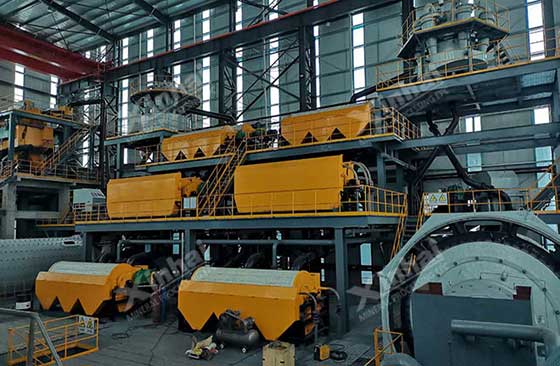
3. Problems with artificial magnetite flotation
Artificial magnetite has a large coercive force, and the grade of iron concentrate is still difficult to improve after multiple magnetic separations. Flotation has become a necessary means to improve the grade of iron concentrate, but the magnetic agglomeration phenomenon affects the flotation effect. Therefore, demagnetization should be strengthened before flotation, and the reagent addition method should be improved to improve the flotation efficiency. Experiments show that cationic flotation reagents are more suitable for reverse flotation of artificial magnetite than anionic reagents.
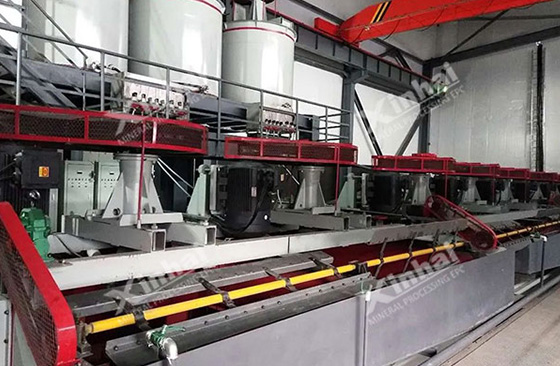
In summary, the iron ore beneficiation technology of siderite and limonite faces many challenges, but roasting magnetic separation, flocculation desliming-flotation and other processes provide effective solutions for efficient recovery. Although there are still some technical difficulties in industrial applications, through continuous technical improvement and process optimization, the beneficiation technology of siderite and limonite will surely achieve greater breakthroughs in the future, bringing higher economic benefits and resource utilization efficiency to mining companies.
To find out more about our products and solutions, please fill out the form below and one of our experts will get back to you shortly.